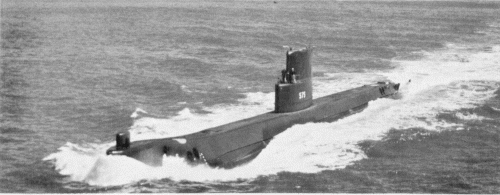
NAVYPEDIA
 Support the project with paypal
Support the project with paypal
Photo

Seawolf 1977
Ships
| No | Name | Yard No | Builder | Laid down | Launched | Comm | Fate |
|---|---|---|---|---|---|---|---|
| SSN575 | Seawolf | 141 | Electric Boat, Groton | 15.9.1953 | 21.7.1955 | 30.3.1957 | stricken 7.1987 |
Technical data
| Displacement standard, t | |
|---|---|
| Displacement normal, t | 3741 / 4287 |
| Length, m | 102.9 |
| Breadth, m | 8.40 |
| Draught, m | 6.70 |
| No of shafts | 2 |
| Machinery | 2 sets General Electric geared steam turbines, 1 Westinghouse SIR Mk II (re-designated S2G) nuclear reactor |
| Power, h. p. | 15000 |
| Max speed, kts | 19 / 20+ |
| Fuel, t | nuclear |
| Endurance, nm(kts) | practically unlimited |
| Armament | 6 - 533 Mk 51 TT (bow, 22) |
| Electronic equipment | BPS-12 radar, BQS-4, BQR-4A sonars, BLR-1 ECM suite |
| Complement | 105 |
| Diving depth operational, m | 210 |
Standard scale images

Seawolf 1963

Seawolf 1957
Graphics
Project history
Nautilus and Seawolf were built under the FY52 programme, these were the prototype US nuclear submarines, Nautilus being by far the more successful of the two. Seawolf was designed around the S2G sodium-cooled reactor, intended as a back-up to the S2W, but abandoned because of operational problems and replaced by an S2Wa in 1959. From 1969 she has been used for research, with four bow thrusters above her pressure hull (two forward and two aft) for precise manoeuvring, and provision for a DSRV research vehicle to be mated to her aft. Seawolf also had the last conning tower in a US submarine, within her stepped fin, as later submarines have only a bridge access trunk in their fin.
In 1991 it was reported that Seawolf had actually been used for intelligence-gathering, presumably launching a submersible (the thrusters would have been valuable for precise positioning).
Modernizations
(12/1958-9/1960, Electric Boat, Groton): S2G reactor was replaced by S2Wa (15000hp).
1960s: - BPS-12 radar, BLR-1 ECM suite; + BPS-15 radar, WLR-1 ECM suite
1969: - BQS-4 sonar; + provision for DSRV, SQS-51 sonar, 4 side-thruster fore and aft
Naval service
No significant events.
 HOME
HOME FIGHTING SHIPS OF THE WORLD
FIGHTING SHIPS OF THE WORLD UNITED STATES OF AMERICA
UNITED STATES OF AMERICA SUBMARINES
SUBMARINES SEAWOLF nuclear powered submarine (1957)
SEAWOLF nuclear powered submarine (1957)
